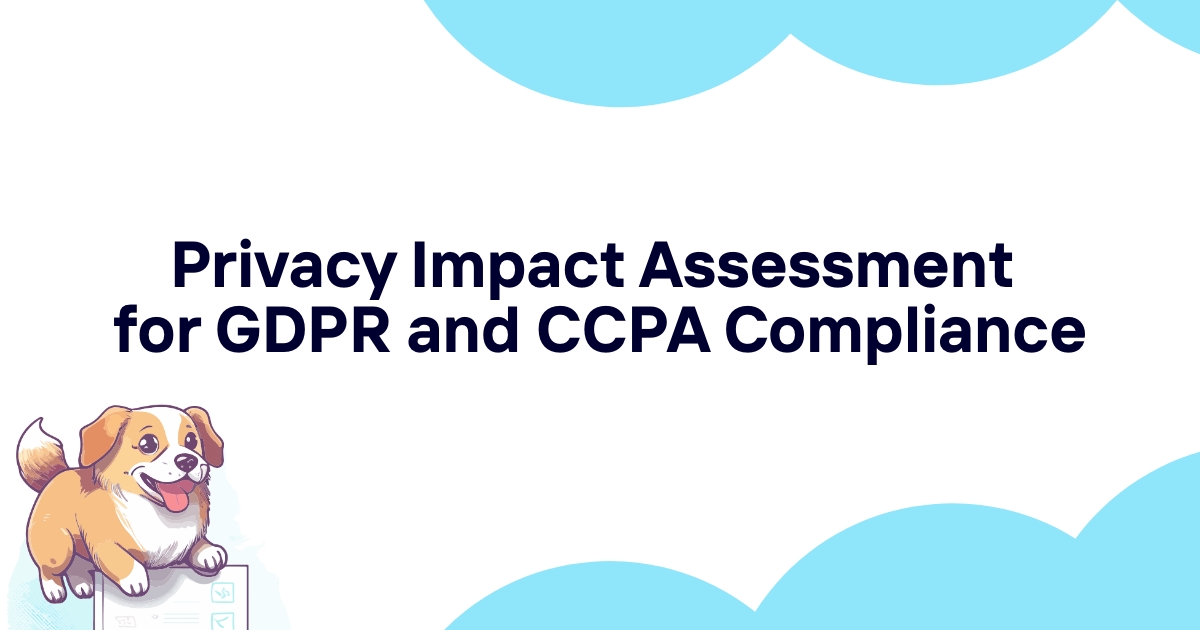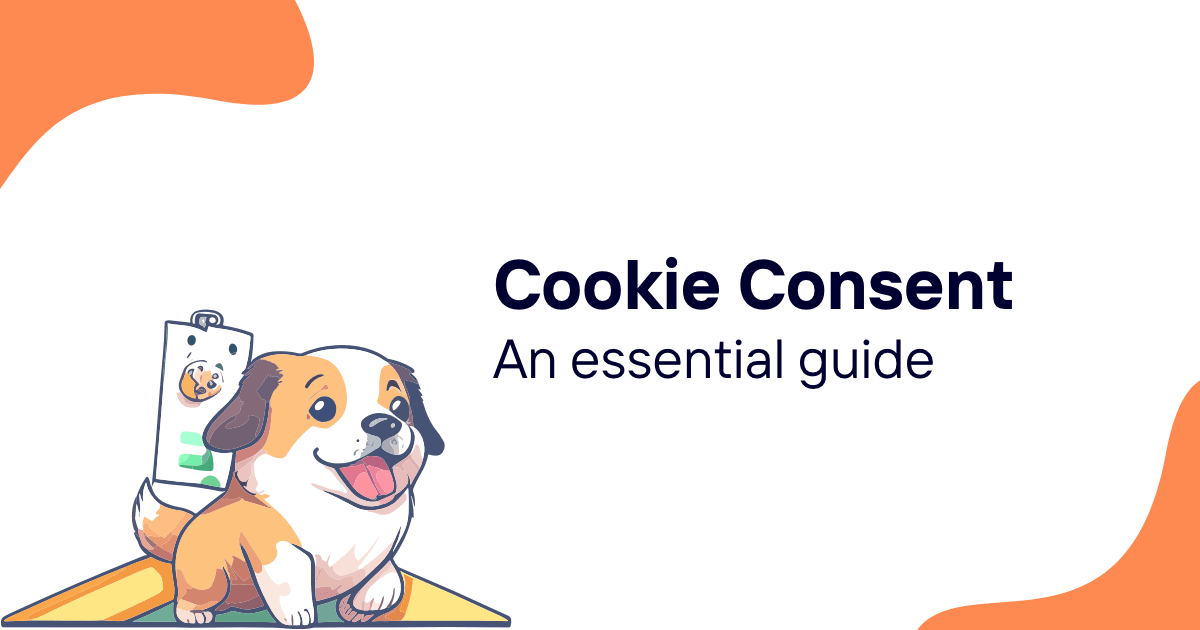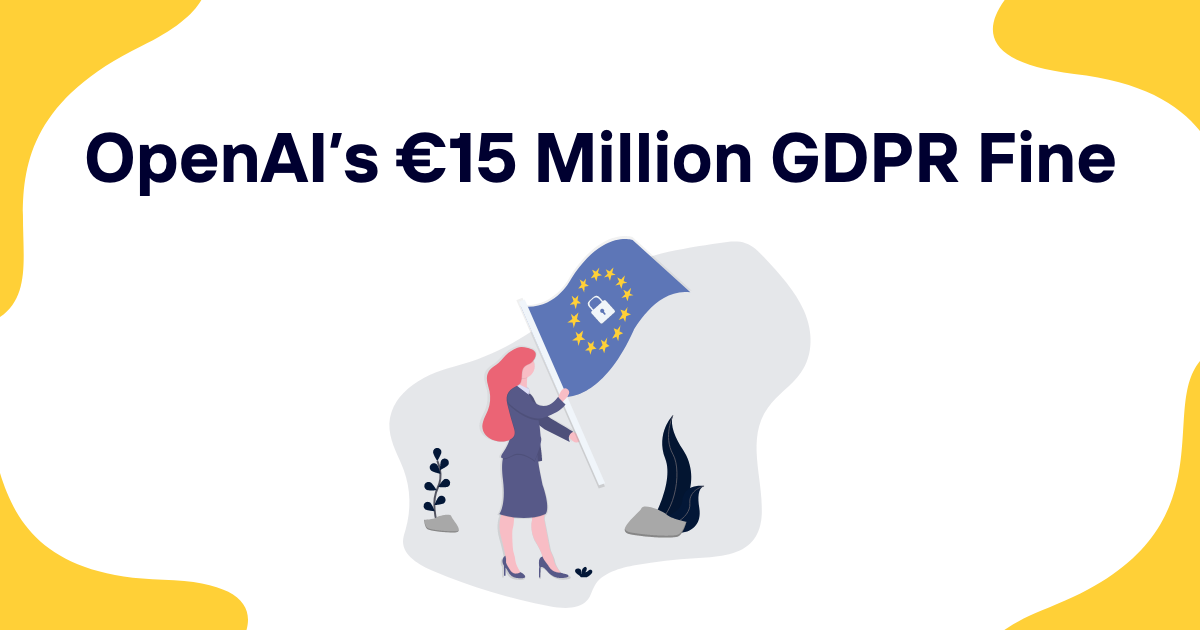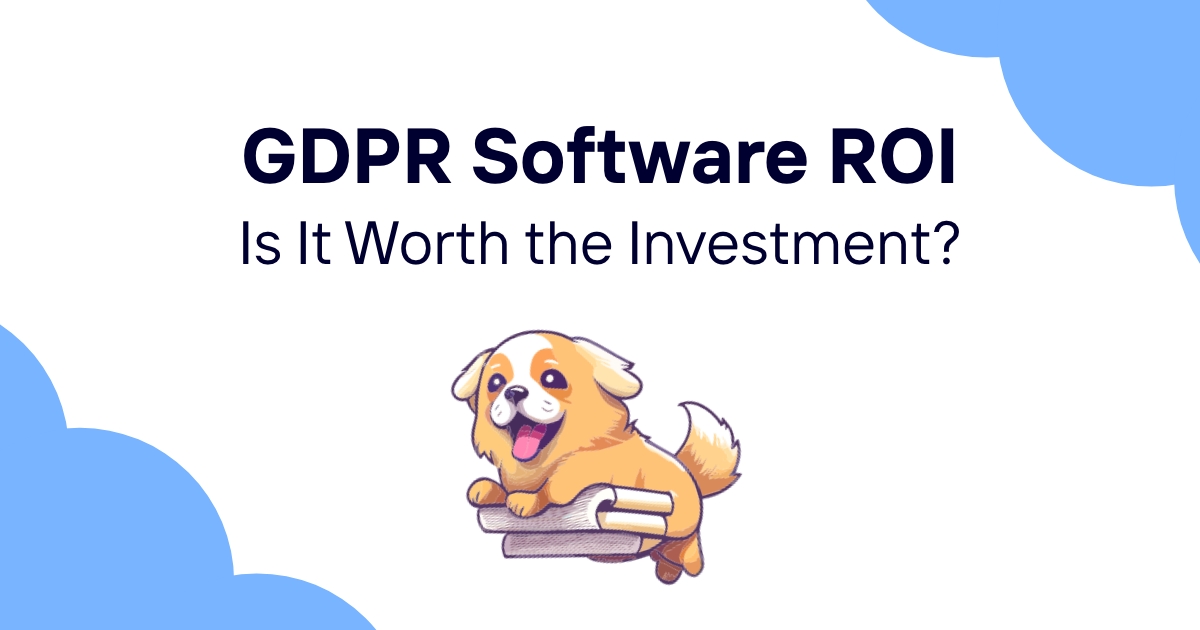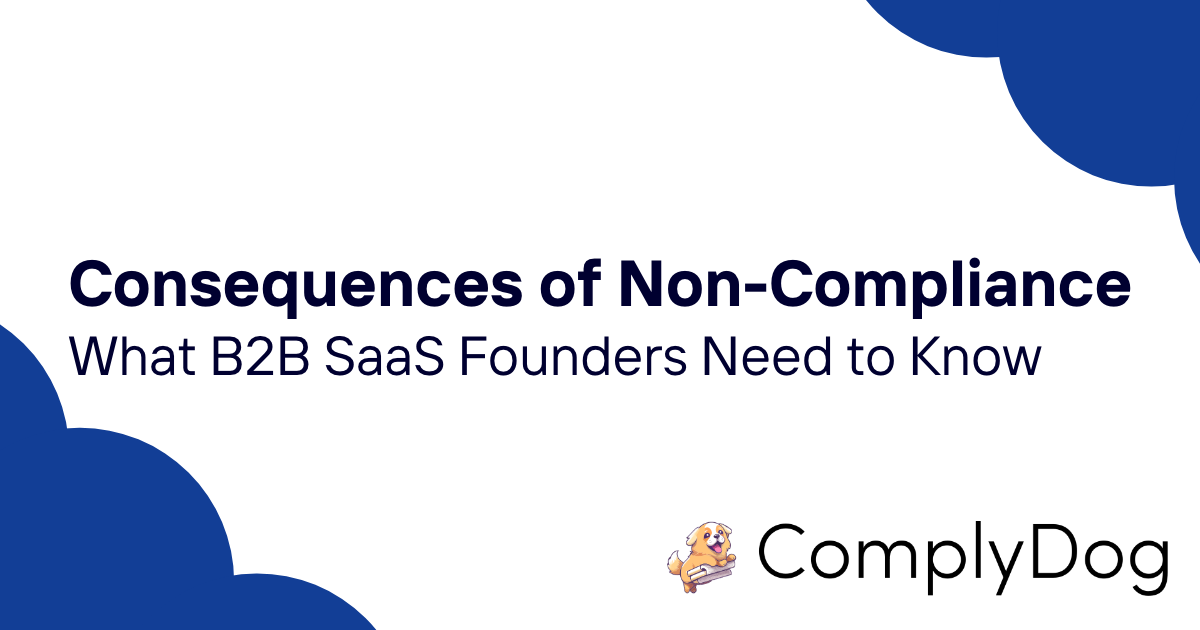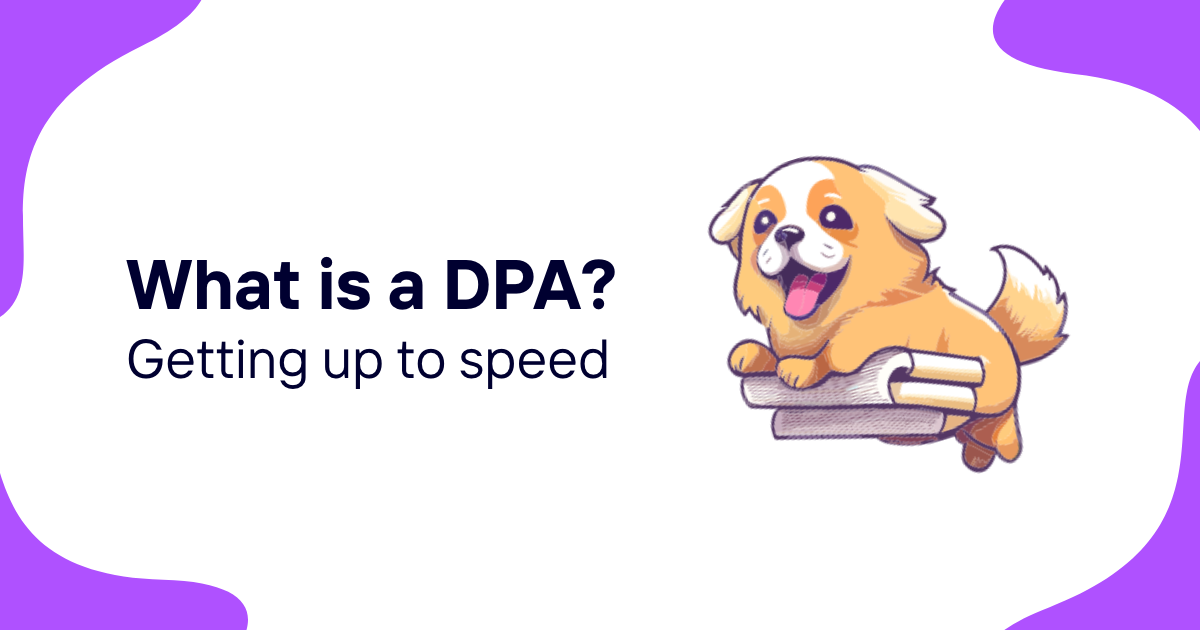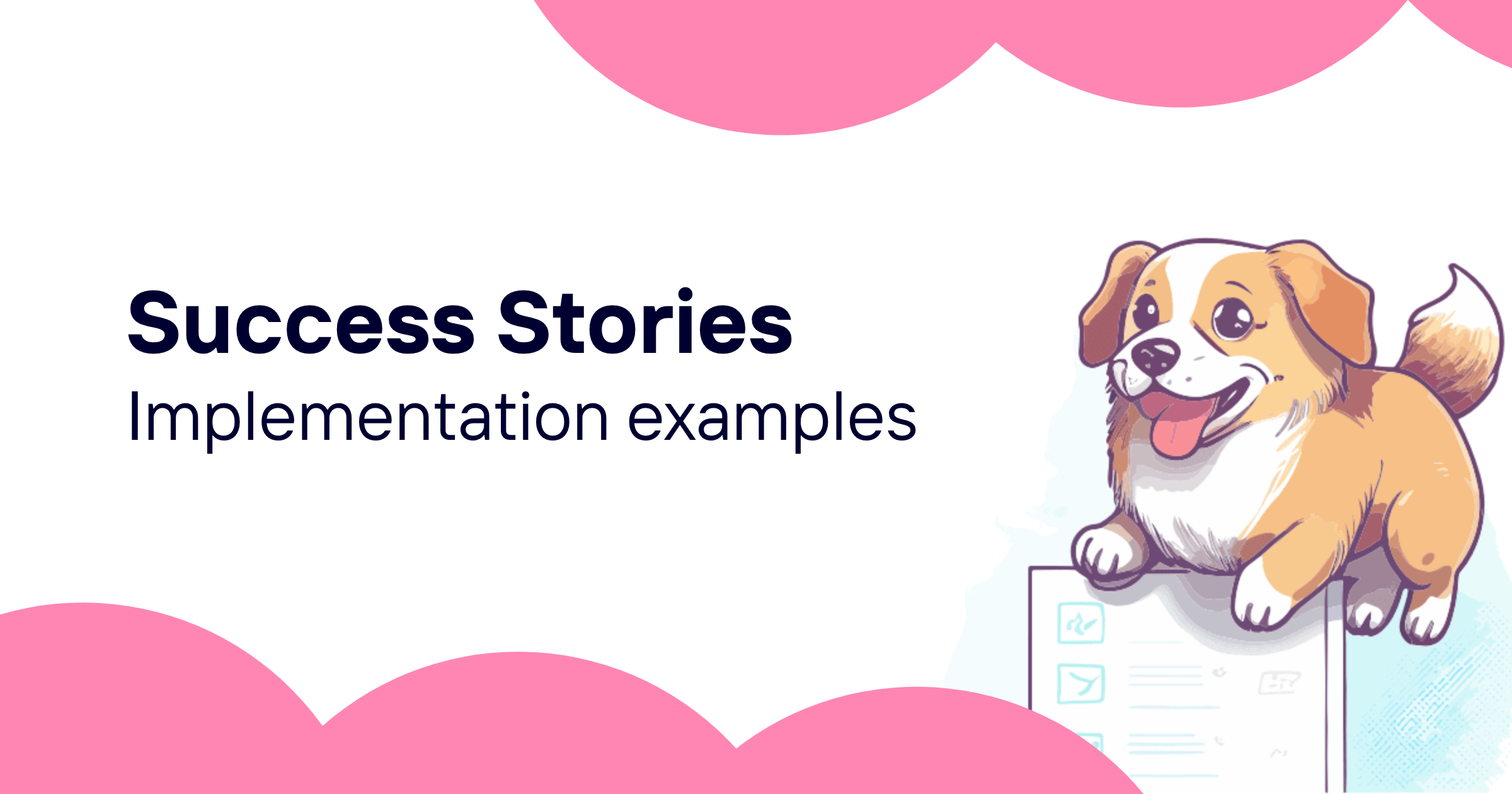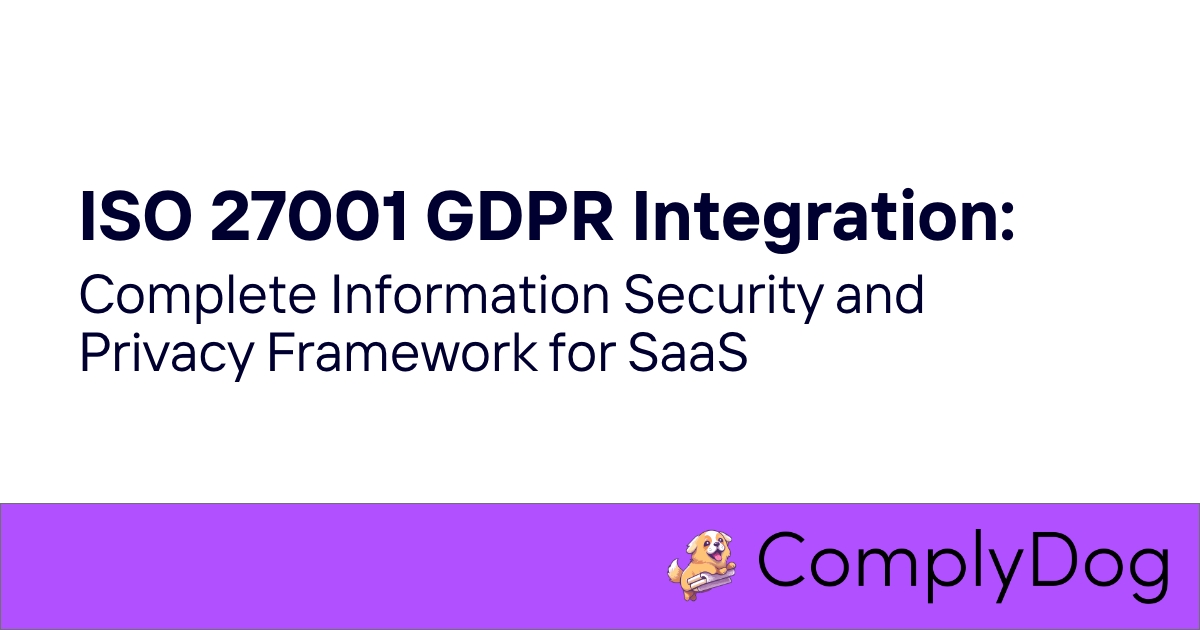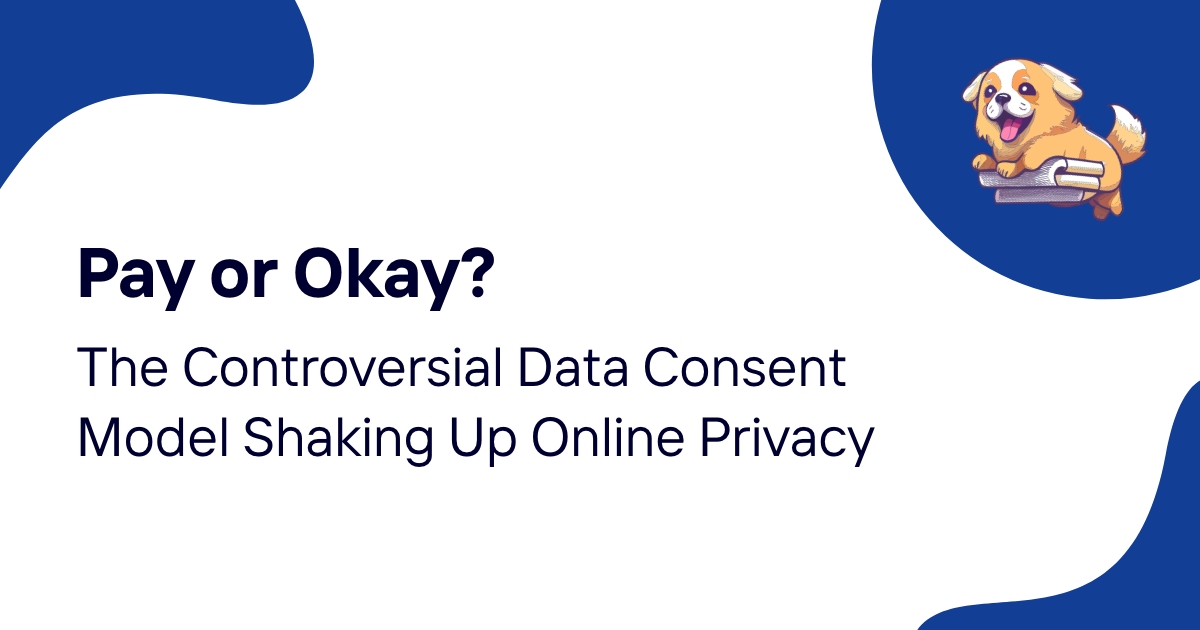Privacy impact assessments have become a cornerstone of modern data protection practices. Organizations worldwide grapple with the challenge of protecting personal information while maintaining operational efficiency. The stakes are high—privacy breaches can result in devastating financial penalties and irreparable damage to brand reputation.
But what exactly is a privacy impact assessment? And more importantly, how can organizations implement them effectively?
These assessments serve as an early warning system for potential privacy risks. They help organizations identify vulnerabilities before they become costly problems. Think of them as a health checkup for your data handling practices—preventive rather than reactive.
The regulatory landscape has evolved dramatically over the past decade. The European Union's General Data Protection Regulation (GDPR) and similar privacy laws have made these assessments not just best practice, but legal requirements in many cases. Organizations that fail to conduct proper assessments face significant penalties.
The process might seem complex at first glance, but breaking it down into manageable components makes it far more approachable. This article explores the practical aspects of conducting privacy impact assessments, from understanding basic requirements to implementing comprehensive evaluation programs.
Table of contents
- What is a privacy impact assessment
- Legal requirements and regulatory framework
- When to conduct a privacy impact assessment
- Core components of an effective PIA
- Implementation process and methodology
- Benefits beyond compliance
- Common challenges and solutions
- Industry-specific considerations
- Tools and resources for PIAs
- Future trends in privacy assessments
What is a privacy impact assessment
A privacy impact assessment (PIA) is a systematic evaluation process that organizations use to identify and manage privacy risks associated with their projects, systems, or processes. The assessment examines how personal information flows through an organization and identifies potential vulnerabilities that could compromise individual privacy.
PIAs go beyond simple compliance checklists. They require organizations to think critically about their data handling practices and consider the broader implications of their activities on individual privacy rights. The process involves mapping data flows, analyzing potential risks, and developing strategies to mitigate identified threats.
The concept emerged from earlier impact assessment methodologies used in environmental and technology fields. Just as environmental impact assessments evaluate potential ecological damage from proposed projects, PIAs assess potential privacy harm from data processing activities.
Modern PIAs typically focus on three primary objectives:
- Legal compliance: Ensuring adherence to applicable privacy laws and regulations
- Risk identification: Discovering potential privacy vulnerabilities before they become problems
- Control implementation: Developing appropriate safeguards to protect personal information
The assessment process varies depending on organizational needs and regulatory requirements. Some organizations conduct preliminary assessments for smaller projects, while complex initiatives may require comprehensive evaluations spanning multiple departments and systems.
PIAs differ from traditional security assessments by focusing specifically on privacy implications rather than general information security. While security assessments might examine technical vulnerabilities, PIAs consider how data processing activities affect individual privacy rights and expectations.
Legal requirements and regulatory framework
The legal landscape for privacy impact assessments has become increasingly complex and demanding. Multiple jurisdictions have implemented requirements that make PIAs mandatory under specific circumstances.
United States requirements
The E-Government Act of 2002 established the foundation for federal PIA requirements in the United States. Section 208 of this legislation mandates that federal agencies conduct PIAs for electronic information systems that collect, maintain, or disseminate personally identifiable information.
Federal agencies must complete PIAs before developing or procuring information technology systems that handle personal data. The assessment must be conducted during the early stages of system development and updated throughout the system lifecycle as changes occur.
State-level privacy laws have added additional layers of complexity. California's Consumer Privacy Act (CCPA) and similar state legislation create implicit requirements for privacy assessments, even if not explicitly mandated.
European Union framework
The GDPR represents one of the most comprehensive privacy assessment frameworks globally. Article 35 establishes mandatory data protection impact assessment (DPIA) requirements for processing activities that pose high risks to individual rights and freedoms.
Organizations must conduct DPIAs when processing activities involve:
- Systematic and extensive evaluation of personal aspects through automated processing
- Large-scale processing of special categories of data or criminal conviction data
- Systematic monitoring of publicly accessible areas on a large scale
The GDPR requires organizations to consult with supervisory authorities when assessments indicate high residual risks that cannot be adequately mitigated. This consultation requirement adds a regulatory oversight component that doesn't exist in many other jurisdictions.
Other jurisdictions
Canada's Personal Information Protection and Electronic Documents Act (PIPEDA) encourages PIAs as a best practice, though they're not explicitly mandated. Provincial privacy laws in Alberta and British Columbia contain more specific assessment requirements.
Australia's Privacy Act includes provisions that effectively require impact assessments for certain data sharing activities and system modifications that could affect privacy protections.
When to conduct a privacy impact assessment
Determining when to conduct a PIA requires careful consideration of multiple factors. Organizations often struggle with this decision, but clear triggers can help establish consistent practices.
Project initiation triggers
New technology implementations represent one of the most common triggers for PIAs. Any system that collects, processes, or stores personal information should be evaluated before deployment. This includes software applications, databases, analytics platforms, and communication systems.
Organizational changes can also trigger assessment requirements. Mergers and acquisitions often involve combining previously separate data sets, creating new privacy risks that require evaluation. Similarly, changes in business processes that affect data handling practices may warrant assessment.
Regulatory triggers
Many privacy laws specify circumstances that automatically trigger assessment requirements. The GDPR's Article 35 provides specific criteria that organizations can use to determine when DPIAs are mandatory rather than optional.
High-risk processing activities generally require formal assessment. These include:
- Biometric data processing for identification purposes
- Genetic data analysis
- Location tracking systems
- Profiling activities that could significantly affect individuals
- Processing involving vulnerable populations (children, elderly, disabled individuals)
Risk-based triggers
Organizations should also consider conducting PIAs based on internal risk assessments, even when not legally required. Projects involving sensitive data categories, cross-border data transfers, or innovative technologies may benefit from formal privacy assessment.
The scale of data processing activities can also trigger assessment needs. Large-scale processing operations pose greater privacy risks than limited data handling activities, making formal assessment more valuable.
Core components of an effective PIA
Successful privacy impact assessments share common structural elements that ensure comprehensive evaluation of privacy risks and appropriate mitigation strategies.
Data flow mapping
Comprehensive data flow mapping forms the foundation of any effective PIA. This process involves documenting how personal information moves through organizational systems and processes from collection to disposal.
The mapping exercise should identify:
- Data collection points and methods
- Storage locations and security measures
- Processing activities and purposes
- Data sharing arrangements with third parties
- Retention periods and disposal procedures
Visual diagrams often prove helpful for complex data flows. Flow charts and system architecture diagrams can illustrate data movement patterns more clearly than written descriptions alone.
Stakeholder identification
PIAs require input from multiple organizational stakeholders to ensure comprehensive coverage of privacy implications. Technical staff understand system capabilities and limitations, while business users know operational requirements and constraints.
Key stakeholders typically include:
- Privacy officers: Provide regulatory guidance and risk assessment expertise
- IT personnel: Offer technical insights into system capabilities and security measures
- Business process owners: Explain operational requirements and data usage patterns
- Legal teams: Interpret regulatory requirements and contractual obligations
- External consultants: Bring specialized expertise for complex assessments
Risk assessment methodology
Effective PIAs employ systematic risk assessment methodologies that consider both the likelihood and potential impact of privacy breaches. This analysis helps organizations prioritize mitigation efforts and allocate resources appropriately.
The risk assessment should evaluate:
| Risk Factor | High Impact | Medium Impact | Low Impact |
|---|---|---|---|
| Data sensitivity | Health records, financial data | Contact information, preferences | Marketing data |
| Population size | >100,000 individuals | 10,000-100,000 individuals | <10,000 individuals |
| Processing purpose | Profiling, automated decisions | Service delivery | Basic administration |
| Data retention | Indefinite retention | 5+ years | <2 years |
Mitigation strategies
PIAs must identify specific measures to address identified privacy risks. Generic recommendations provide little value—effective assessments propose concrete actions tailored to specific organizational contexts.
Mitigation strategies often fall into several categories:
- Technical controls: Encryption, access controls, data minimization tools
- Administrative controls: Policies, procedures, training programs
- Physical controls: Facility security, device management
- Legal controls: Contractual provisions, privacy notices
Implementation process and methodology
Conducting effective PIAs requires a structured approach that ensures comprehensive coverage while managing resource requirements efficiently.
Phase 1: Scoping and preparation
The initial phase establishes assessment boundaries and assembles necessary resources. Clear scoping prevents assessments from expanding beyond manageable limits while ensuring adequate coverage of privacy risks.
Project scoping should define:
- Systems and processes to be evaluated
- Types of personal information involved
- Stakeholder roles and responsibilities
- Timeline and deliverable requirements
- Success criteria and evaluation metrics
Resource planning involves identifying team members, establishing budgets, and scheduling necessary activities. Complex assessments may require external expertise or specialized tools.
Phase 2: Data inventory and mapping
Comprehensive data inventories provide the foundation for effective privacy assessments. Organizations must understand what personal information they collect, how they use it, and where it's stored before they can evaluate associated risks.
The inventory process should document:
- Data categories and sensitivity levels
- Collection methods and legal bases
- Processing purposes and activities
- Storage locations and access controls
- Sharing arrangements and transfers
- Retention periods and disposal methods
Data mapping exercises complement inventory activities by visualizing information flows. These maps help identify potential vulnerabilities and control gaps that might not be apparent from written descriptions.
Phase 3: Risk analysis and evaluation
Risk analysis represents the analytical core of the PIA process. This phase requires careful evaluation of potential privacy threats and their likelihood of occurrence.
Effective risk analysis considers multiple threat categories:
- Internal threats: Employee access abuse, system misconfigurations, inadequate procedures
- External threats: Cyber attacks, unauthorized access, data breaches
- Technical failures: System outages, data corruption, backup failures
- Legal changes: New regulations, enforcement actions, court decisions
The analysis should quantify risks where possible while acknowledging uncertainties inherent in privacy risk assessment. Qualitative assessments may be more appropriate for some risk categories.
Phase 4: Mitigation planning
Mitigation planning translates risk analysis results into actionable improvement strategies. This phase requires balancing privacy protection goals with operational requirements and resource constraints.
Effective mitigation plans include:
- Specific implementation steps and timelines
- Resource requirements and budget estimates
- Success metrics and monitoring procedures
- Contingency plans for implementation challenges
- Regular review and update schedules
Phase 5: Implementation and monitoring
The final phase involves executing planned improvements and establishing ongoing monitoring procedures. Many organizations struggle with this phase because it requires sustained commitment beyond the initial assessment period.
Implementation monitoring should track:
- Progress against established timelines
- Effectiveness of implemented controls
- Changes in risk profiles over time
- Compliance with regulatory requirements
- Stakeholder satisfaction with results
Benefits beyond compliance
While regulatory compliance drives many PIA initiatives, organizations often discover additional benefits that extend far beyond meeting legal requirements.
Operational improvements
PIAs frequently identify operational inefficiencies related to data handling practices. Organizations discover redundant data collection activities, unnecessary retention periods, or overly complex processing workflows that can be streamlined without compromising functionality.
These operational improvements often generate cost savings that exceed PIA implementation costs. Reduced data storage requirements, simplified processes, and improved system performance can deliver tangible financial benefits.
Risk management enhancement
PIAs strengthen organizational risk management capabilities by providing structured approaches to privacy risk identification and mitigation. The assessment process helps organizations develop more mature risk management practices that extend beyond privacy concerns.
Many organizations integrate PIA findings into broader enterprise risk management programs. This integration provides more comprehensive risk visibility and enables better resource allocation decisions.
Competitive advantages
Organizations with strong privacy practices often gain competitive advantages in markets where privacy concerns influence purchasing decisions. PIAs demonstrate commitment to privacy protection that can differentiate organizations from competitors.
Consumer trust represents an increasingly valuable asset in data-driven business environments. Organizations that can credibly demonstrate privacy protection capabilities may find it easier to build customer relationships and expand market share.
Common challenges and solutions
Organizations implementing PIA programs encounter predictable challenges that can be addressed through careful planning and stakeholder engagement.
Resource constraints
Limited budgets and competing priorities often constrain PIA implementation efforts. Organizations struggle to justify resource allocation for activities that don't generate direct revenue or address immediate operational needs.
Solution approaches:
- Phase implementation over multiple budget cycles
- Focus initial efforts on highest-risk activities
- Leverage existing assessment processes where possible
- Develop internal expertise rather than relying solely on external consultants
- Integrate PIA requirements into project planning processes
Technical complexity
Modern information systems often involve complex architectures that make comprehensive privacy assessment challenging. Cloud computing, microservices, and API integrations create data flows that can be difficult to map and evaluate.
Organizations can address technical complexity through:
- Automated data discovery tools
- Architecture documentation standards
- Regular system inventory updates
- Technical training for privacy assessment teams
- Collaboration between privacy and IT teams
Stakeholder engagement
PIAs require input from multiple organizational stakeholders who may have competing priorities and limited availability. Securing necessary participation can become a significant implementation barrier.
Effective stakeholder engagement strategies include:
- Executive sponsorship and communication
- Clear role definitions and expectations
- Flexible participation methods (surveys, interviews, workshops)
- Regular progress communication and feedback
- Recognition for stakeholder contributions
Maintaining currency
Privacy assessments become outdated as systems change and regulatory requirements evolve. Organizations struggle to maintain assessment currency without excessive resource investment.
Maintenance strategies:
- Trigger-based update procedures
- Regular review schedules
- Change management integration
- Automated monitoring where possible
- Risk-based prioritization for updates
Industry-specific considerations
Different industries face unique privacy challenges that require specialized assessment approaches and mitigation strategies.
Healthcare sector
Healthcare organizations handle particularly sensitive personal information protected by specialized regulations like HIPAA in the United States. PIAs in healthcare environments must consider:
- Patient consent requirements and limitations
- Treatment and payment exceptions to normal privacy rules
- Security requirements for electronic health records
- Research and clinical trial privacy considerations
- Integration with public health reporting systems
Healthcare PIAs often require specialized expertise in medical privacy regulations and clinical workflow requirements.
Financial services
Financial institutions handle sensitive financial information while operating under complex regulatory frameworks. Privacy assessments must consider:
- Anti-money laundering reporting requirements
- Credit reporting and scoring activities
- International transaction monitoring
- Customer due diligence procedures
- Fraud detection and prevention systems
The intersection of privacy and financial crime prevention creates unique challenges that require careful balancing of competing objectives.
Technology companies
Technology companies often develop innovative products that push the boundaries of existing privacy frameworks. PIAs for technology companies must address:
- Artificial intelligence and machine learning applications
- Internet of Things device data collection
- Social media platform privacy implications
- Cloud service provider responsibilities
- Cross-border data transfer requirements
Technology sector PIAs often serve as precedents for regulatory guidance and industry best practices.
Government agencies
Government organizations face unique privacy challenges related to public service delivery and law enforcement activities. Government PIAs must consider:
- Constitutional privacy protections
- Freedom of information law interactions
- Law enforcement and national security exceptions
- Public interest balancing requirements
- Transparency and accountability obligations
Government PIAs often require public consultation processes that add complexity to traditional assessment procedures.
Tools and resources for PIAs
Organizations can leverage various tools and resources to streamline PIA implementation and improve assessment quality.
Assessment templates and frameworks
Standardized templates provide starting points for organizations developing PIA capabilities. Many privacy regulators publish template documents that organizations can adapt to their specific needs.
Popular framework sources include:
- Regulatory guidance: Privacy authorities often publish detailed PIA guidance with templates
- Industry associations: Professional organizations develop sector-specific assessment tools
- Standards organizations: ISO and similar groups publish privacy assessment standards
- Academic institutions: Universities often publish research-based assessment methodologies
Software solutions
Specialized software tools can automate many aspects of the PIA process, from data discovery to risk assessment and reporting. These tools often integrate with existing governance and risk management platforms.
Key software capabilities include:
- Automated data discovery and mapping
- Risk assessment questionnaires and scoring
- Collaborative review and approval workflows
- Regulatory requirement tracking
- Reporting and documentation generation
Training and certification programs
Professional development opportunities help organizations build internal PIA expertise rather than relying solely on external consultants.
Training options include:
- Professional certification programs (IAPP, ISACA)
- University courses and degree programs
- Vendor-specific training for software tools
- Industry conference workshops and sessions
- Peer learning groups and professional associations
Future trends in privacy assessments
Privacy impact assessment practices continue evolving in response to technological developments and changing regulatory expectations.
Automation and artificial intelligence
AI-powered tools increasingly support PIA activities by automating data discovery, risk analysis, and mitigation recommendation processes. Machine learning algorithms can identify privacy risks more quickly and consistently than manual assessment procedures.
However, AI-supported assessments also introduce new challenges. Organizations must ensure that automated tools produce accurate results and that human oversight remains appropriate for sensitive assessment decisions.
Continuous monitoring approaches
Traditional point-in-time assessments are giving way to continuous monitoring approaches that provide ongoing visibility into privacy risks. These systems can detect changes in data processing activities and automatically trigger assessment updates.
Continuous monitoring requires significant technology investment but provides more timely risk identification and mitigation capabilities.
Integration with broader governance
PIAs are increasingly integrated into broader organizational governance processes rather than operating as standalone activities. This integration provides better coordination between privacy, security, and business risk management activities.
Integrated approaches often produce more comprehensive risk assessments and more effective mitigation strategies by considering privacy concerns alongside other business objectives.
International harmonization efforts
Privacy regulators are working toward greater harmonization of assessment requirements across jurisdictions. These efforts aim to reduce compliance burdens for organizations operating internationally while maintaining strong privacy protections.
Harmonization initiatives focus on common assessment criteria, mutual recognition arrangements, and shared best practices that can be applied across multiple regulatory frameworks.
Privacy impact assessments represent a critical component of modern privacy protection strategies. Organizations that implement comprehensive assessment programs position themselves for regulatory compliance while gaining operational benefits that extend far beyond legal requirements.
Success requires commitment to systematic assessment processes, stakeholder engagement, and ongoing program maintenance. The investment in proper PIA implementation pays dividends through reduced regulatory risk, improved operational efficiency, and enhanced customer trust.
For software businesses managing complex data processing activities, comprehensive compliance platforms like ComplyDog provide integrated solutions that streamline PIA implementation alongside other privacy and security requirements. These platforms help organizations maintain assessment currency while managing the broader compliance landscape effectively.
